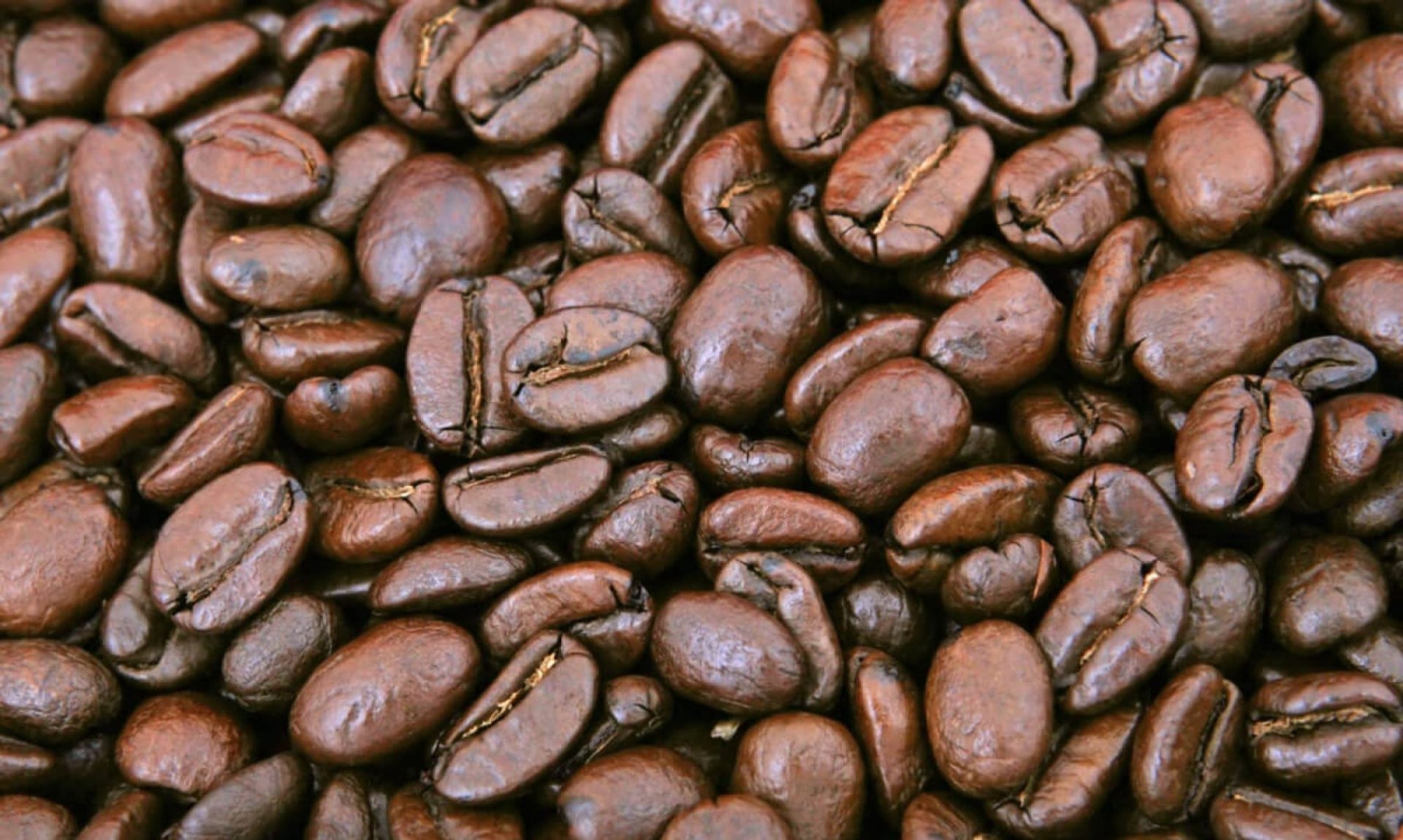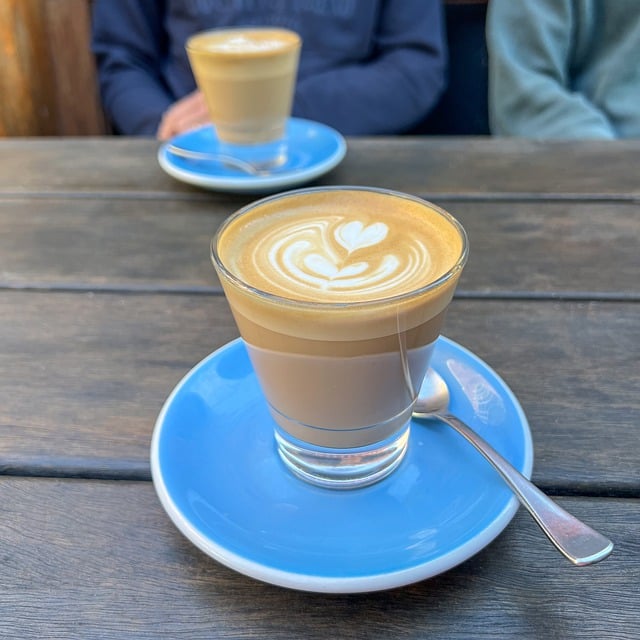Introduction
Ah, the delicious aroma of freshly brewed coffee fills the air, beckoning coffee lovers to indulge in their favorite beverage. Among the vast array of coffee options, one particular classic stands out for its rich flavor, velvety texture, and artistic presentation: the cappuccino. In this blog post, we embark on a journey to explore the captivating world of cappuccino coffee. We will uncover what makes it such a beloved choice for coffee connoisseurs around the world. Let’s take a look at another coffee that contains milk, after latte coffee.

A taste of history
Cappuccino, originating from Italy, is a coffee beverage that has become an international sensation. The name “cappuccino” is believed to have been derived from the distinctive brown color of the Capuchin monks’ habits, reflecting the hues of the beverage when coffee, milk, and foam are skillfully combined.
Perfectly balanced ingredients
Cappuccino is composed of three essential ingredients: espresso, steamed milk, and milk foam. The key to achieving the perfect cappuccino lies in finding the ideal balance between these components.
The foundation of any cappuccino begins with a shot of espresso, a concentrated form of coffee that is created by forcing hot water through finely ground coffee beans. The espresso serves as the robust base. It is providing a strong and aromatic flavor profile that forms the backbone of the cappuccino experience.
The next crucial element is steamed milk, which adds a luxurious creaminess to the beverage. Skilled baristas artfully heat and froth the milk to achieve a velvety texture that enhances the overall mouthfeel. The steamed milk is poured over the espresso, creating a beautiful marriage of flavors.
Finally, the pièce de résistance is the milk foam. This ethereal layer of micro-bubbles crowns the cappuccino, adding a touch of elegance and visual appeal. The foam contributes a delicate sweetness and a light, airy texture that harmonizes with the boldness of the espresso.
The art of presentation
Cappuccino is not just a drink; it is a work of art. Skilled baristas take pride in their ability to create intricate and captivating designs on the surface of the cappuccino, known as latte art. From simple hearts to elaborate patterns, these designs elevate the drinking experience, making each cappuccino a unique and personalized masterpiece.
Exploring variations
While the classic cappuccino adheres to a strict ratio of equal parts espresso, steamed milk, and foam, variations have emerged to suit different palates and preferences. Here are a few popular alternatives:
Dry cappuccino: A variation that includes less steamed milk and more foam, resulting in a drier texture and a stronger espresso flavor.
Wet cappuccino: This variation incorporates more steamed milk and less foam, creating a creamier and smoother texture.
Flavored cappuccino: By adding syrups or flavored powders such as vanilla, caramel, or hazelnut, cappuccinos can be customized to offer a range of delightful tastes.
The social ritual
Cappuccino is not only a delicious beverage but also a social ritual that brings people together. It is often enjoyed during breakfast or as an afternoon pick-me-up, either alone as a moment of personal indulgence or shared with friends and loved ones in cozy cafes. The simple act of sipping a cappuccino can be a comforting and rejuvenating experience, providing a much-needed pause in our busy lives.
In conclusion
Cappuccino coffee embodies the perfect harmony of flavors, textures, and aesthetics. From its humble beginnings in Italy to its widespread popularity across the globe

